Our boat ride began at the ferry dock at Eminonu, where the Golden Horn and the Bosphorus meet. Taking a lazy boat ride up the twisting Bosphorus Strait that divides Europe and Asia is one of those iconic Istanbul experiences that few would want to miss and neither did we. So notwithstanding the blustery morning, the promise of sunshine in forecast was enough to lure us to the docks. As the boat leaves the dock, you have one the best opportunities to admire the historic Istanbul skyline filled with domes and minarets.
The fairly large Yeni Camii (New Mosque) dominates the foreground due to its proximity to the water but the massive Suleymaniye Camii (Suleymaniye Mosque) higher up on the hill with its towering minarets dominates the horizon and compels your gaze towards it. On the far side, the Galata Tower stands tall also vying for attention. On the outbound passage going north, the boat stayed close to the European (Rumelia) side while it hugged the the Asian (Anatolian) side on the return passage thereby giving us a good look at both sides. Venturing as far as the Fatih Sultan Mehmet Bridge (also known as the Second Bridge), it allowed for close-up views of interesting hillside neighborhoods, public buildings, ferry docks, fortresses and palaces built by latter-day Ottoman sultans who were no longer content living within Topkapi.
On the Bosphorus video
The famous Galata bridge spans the mouth of the Golden Horn connecting Eminonu with the Galata district. Strange as it may seem, a bridge was built for the first time only in the mid-19th century, during the waning years of the Ottoman empire. All previous plans to build a bridge (and there were many) were deemed too ambitious and shelved. The original bridge has since been replaced many times over the years and the fifth and latest version was completed only in 1994. It has wide pedestrian pathways on both sides which always seemed to be packed with anglers standing shoulder-to-shoulder with their lines hanging over the side of the bridge. Across the bridge, we explored the Galata district on foot. It was a weekday morning and the neighborhood was mostly busy with locals going about their daily chores. The most notable structure on this side, the Galata tower, is a slight hike up from the bridge. It was originally built by Genoese in 1348 and served variously as prison, observatory and lookout. Today the only people looking out from the top are the tourists and they have to hand over a tiny ransom for the pleasure of doing so.
Sitting atop one of seven hills that make up Istanbul, Suleymaniye Camii is considered a major landmark for the entire city. It was commissioned by the greatest, richest and most powerful of Ottoman sultans, Suleyman I (known as 'The Magnificent'). The fourth imperial mosque in the city following the Fatih, Beyazit and Selim I mosques, though it not the largest, it is considered by most to be the grandest. The Suleymaniye was designed by Mimar Sinan, the most talented of all imperial architects who is said to have spent his entire professional life trying to design a mosque to match the magnificence and beauty of Aya Sofya. Just as the builders of Aya Sofya, Sinan used the technique of concealed pillars to enhance the perception of open space under the dome and consequently the interior of Suleymaniye is equally dramatic. We spent a few quiet minutes inside admiring the gorgeous stained glass windows done by one Ibrahim the Drunkard and four massive columns, one from Baalbek in modern day Lebanon, one from Alexandria and two from Byzantine palaces in Istanbul. Well-tended spacious gardens around the mosque make it a peaceful oasis in the center of the busy city.
Eager to experience the city beyond the main tourist hub and armed with an Instanbulkart, the integrated in-town public transport card, we were happy to take the city bus to Edirnekapi which is located a few kilometers west of the old city. We were headed to see Chora Church, described by some as the place to see the best preserved Byzantine religious art from the 12th and 13th century. It lies squarely in the middle of a busy residential area and not too many tourists seem to make the effort to get here. As with most churches, it served as a mosque (Kariye Camii) for a few centuries, but is now a museum. The church is modest in size but the sheer number and quality of the frescoes and mosaics is simply amazing. These glorious works were either plastered over or whitewashed during the Ottoman times but have since been cleaned and restored. In addition to depicting events from the life of Christ there are several panels that depict the life of Mary in great detail including her childhood, her parents and ancestors. The frescoes are thought to have been painted by the same masters who created the mosaics and display a sophisticated use of perspective. Chora is truly a gem that is worth the effort to get to and can serve as a good antidote if you start to experience mosque fatigue!
Haggling for the right price is considered a sport in Istanbul's famous Grand Bazaar, one of the oldest and largest covered markets in the world. The maze of ancient halls and alley and the whirl of colors can be enticing but we managed to enter through one end and exit through the other without making much any eye contact with the merchants and thereby with our purses and wallets intact! The Spice Bazaar on the other hand was a more interesting destination for us since what was on offer were edible delights, things we could consume rather than things we would have to lug around with us. But it was also a bigger challenge to physically get through as it was extremely crowded and literally required some pushing and shoving before we could make our way out!
Grand Bazaar video
Spice Market video
Staying as we were in the heart of the old city amidst numerous mosques, we were frequently treated to simultaneous, overlapping rendition of the azaan (call to prayer) on loudspeakers. But there was something special about the azaan rendition from the Blue Mosque coupled with one coming from the direction of Aya Sofya. Both the muezzins had particularly mellifluous voices and seemed very well trained. What was even more interesting was they had worked out an arrangement by which they took turns to render the verses and the overall effect was that of a well orchestrated performance.
Sultanahmet Azaan video (the camera has not fully captured the duet but it gives a good account of the singer's calibre)
On our various wanderings through the city, the sight of a handcart loaded with luscious red pomegranates never failed to tempt. Fruit juice vendors selling freshly squeezed pomegranate, orange, lemon and other such fruits were everywhere and we took advantage of every opportunity we got to load up on antioxidants. (And they were surprisingly inexpensive compared to what the bottled stuff costs in your local supermarket.) Other common tasty treats on the streets, especially in the old town, were roasted hazelnuts, corn-on-cob roasted on hot coals and Salep, a sweet, thick, white, creamy concoction made from some tuber and served scalding hot with a sprinkling of cinnamon.
While there is no denying the appeal of Istanbul's old town with its mosques, museums and medieval bazaars, we also wanted see something of the other side of Istanbul - the hip and modern metropolis that we had heard and read about. The heart of the modern Istanbul is Taksim Square and Istiklal Caddesi (Independence Ave) is the home to the city's smartest shops, coolest restaurants, bars and lounges which share space with impressive residential buildings, embassies and churches. Young people seem to gravitate here both to see and be seen and we spent an afternoon on this busy pedestrian thoroughfare rubbing shoulders with both locals and tourists who come to eat, drink and browse in the hundreds of shops that are crammed along its path.
What is truly fascinating about Istanbul is the juxtaposition of the ancient and modern. City buses and trams run literally a few feet away from important monuments and relics and people go about their daily business walking through and over land steeped in history. For instance during our stay we would often dine at a small restaurant that was steps from the Cemberlitas monument, a massive stone column that was erected by none other than Constantine the Great to celebrate the dedication of Constantinople as capital of the Roman Empire in 330 AD. It was placed in what was the Grand Forum of Constantine and was topped by a statue of the emperor. The column lost its statue a long time ago, but the column still stands today, bang in the middle of a traffic island, just a couple of feet from the tram tracks. In any other country, this would not only be the basis for its own dedicated museum, it would definitely be fenced off and have serious security. In Istanbul, it is just one of many and most people seem to walk past oblivious of its significance. Similarly some sections of pillars from the Forum of Theodosius (with stylized oak-knot designs) were excavated in the 1950s and today lie on one side of the busy Yeniceriler Caddesi, like rubble, with buses and cars constantly whizzing past.
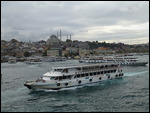
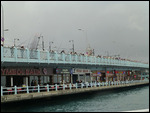
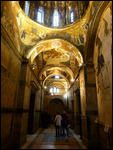


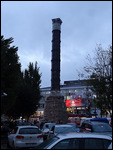

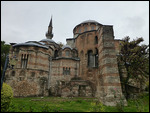
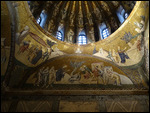

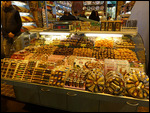
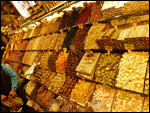
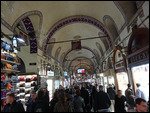

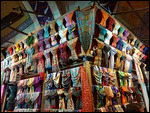

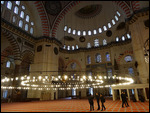
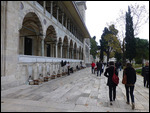


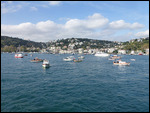


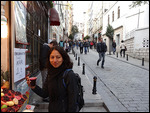
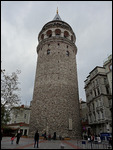
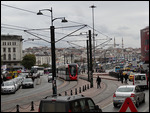
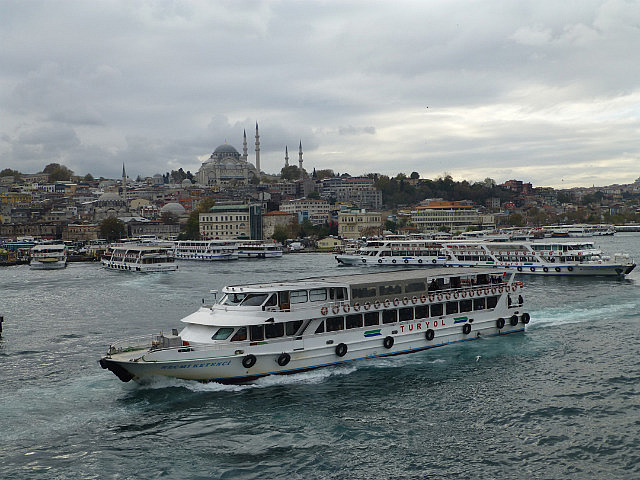
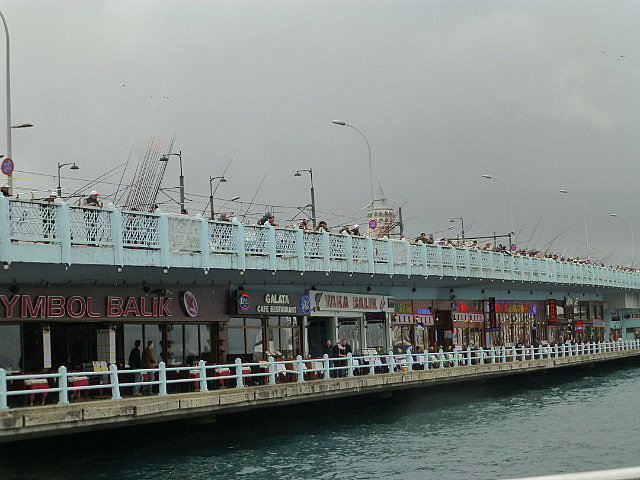
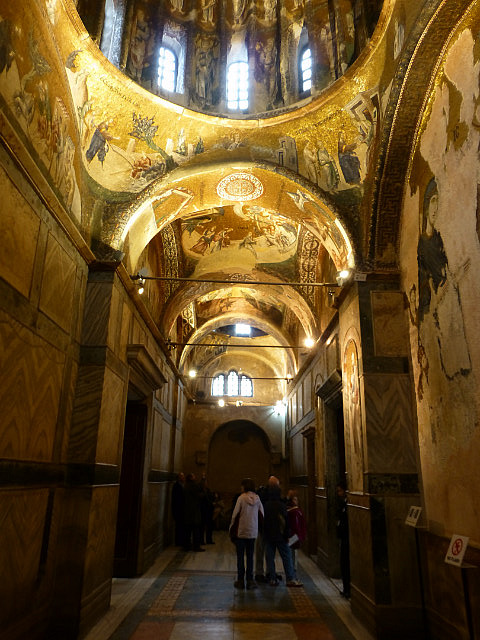

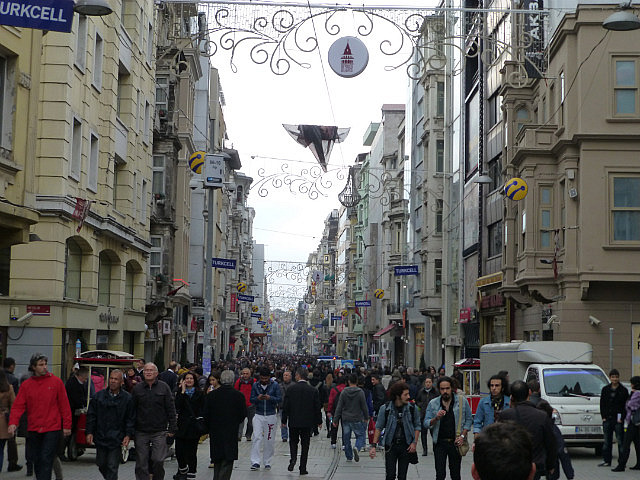


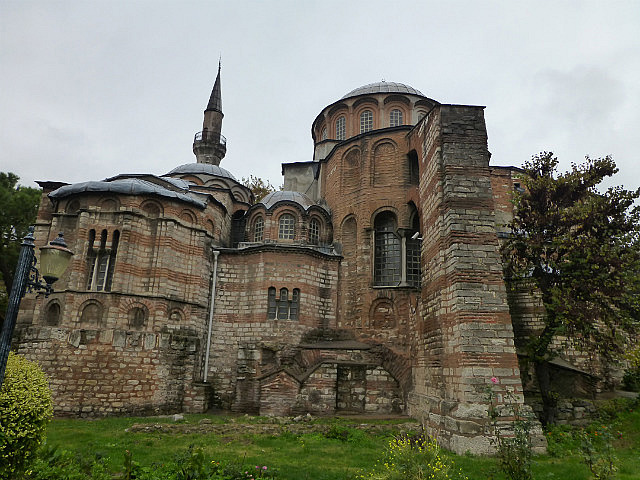

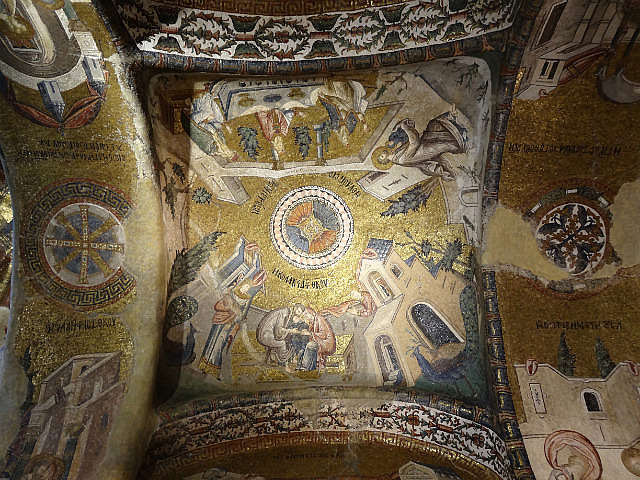
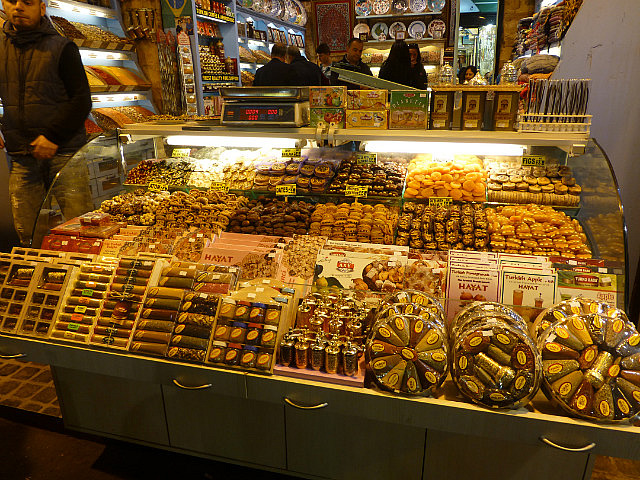
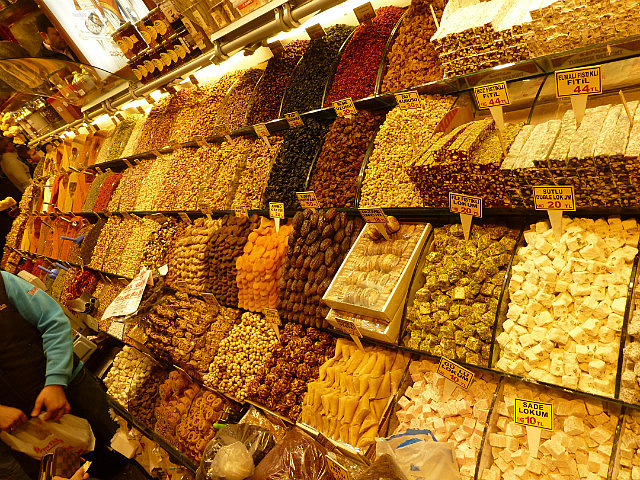

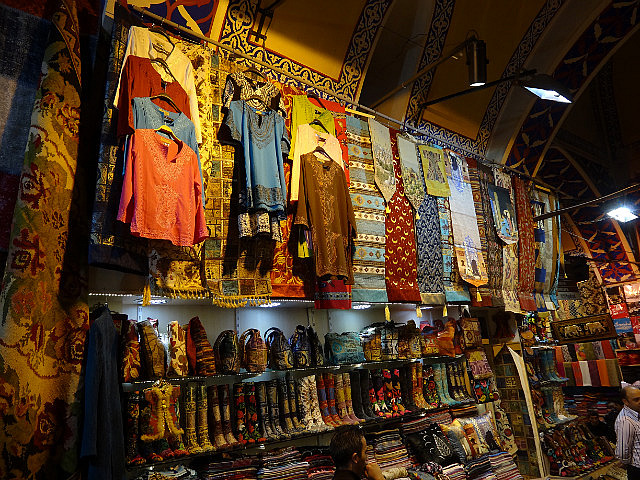
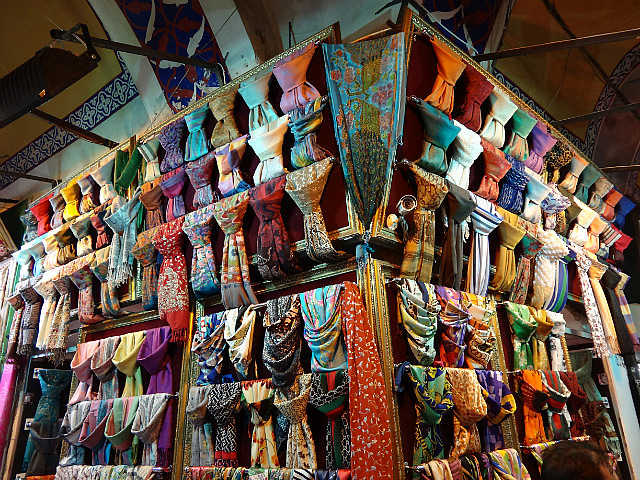
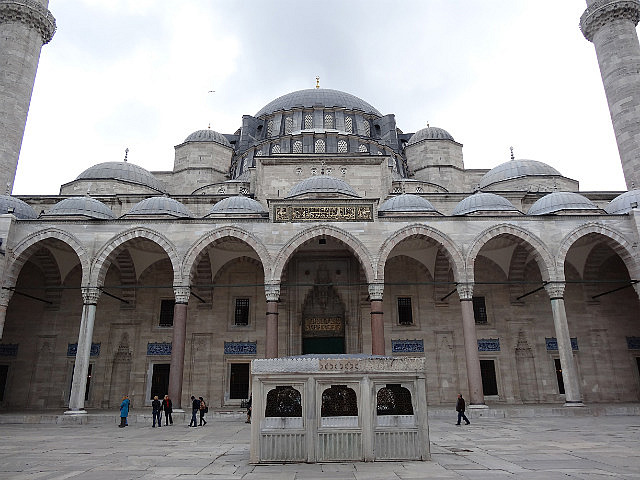

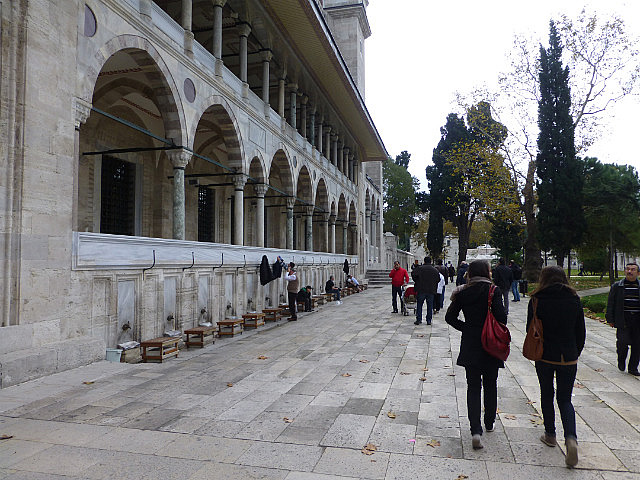
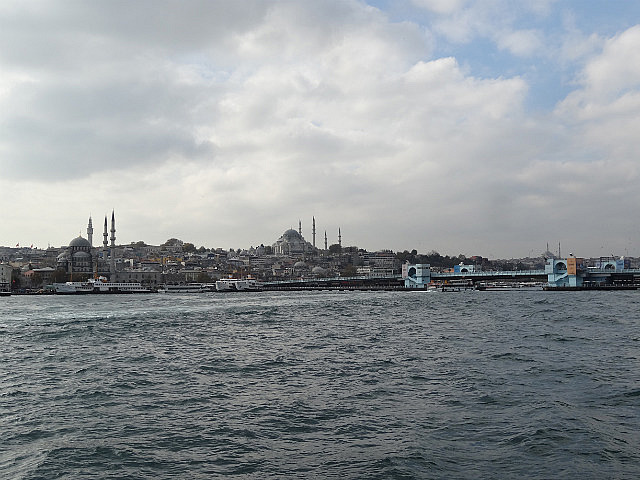
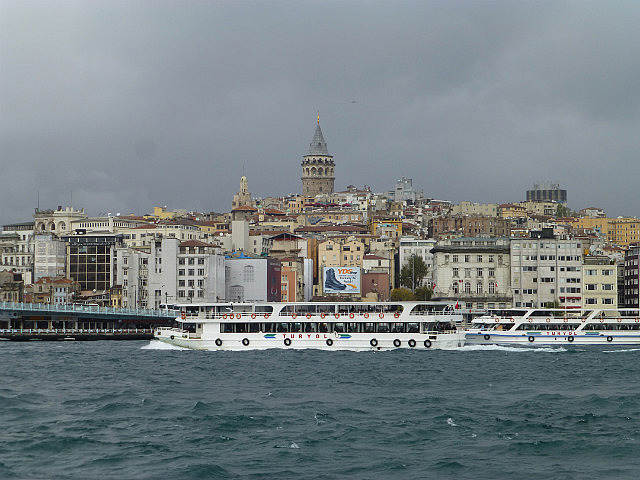
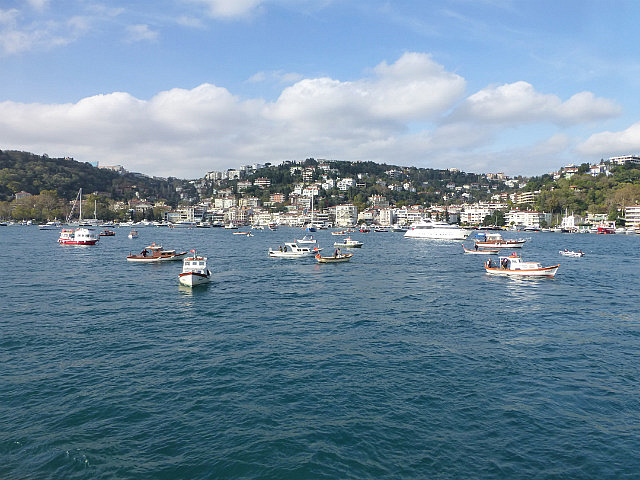

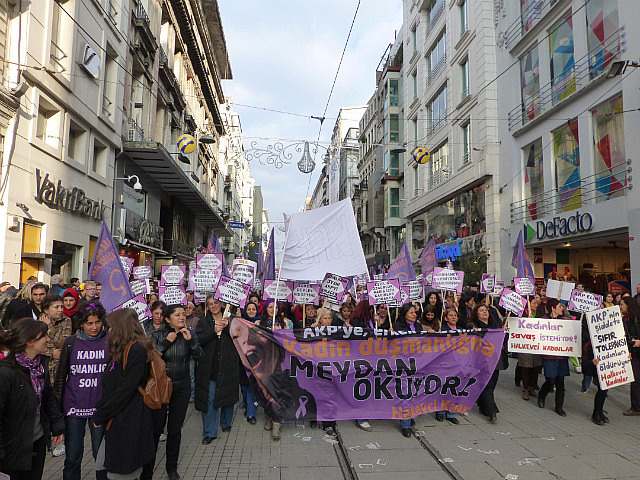
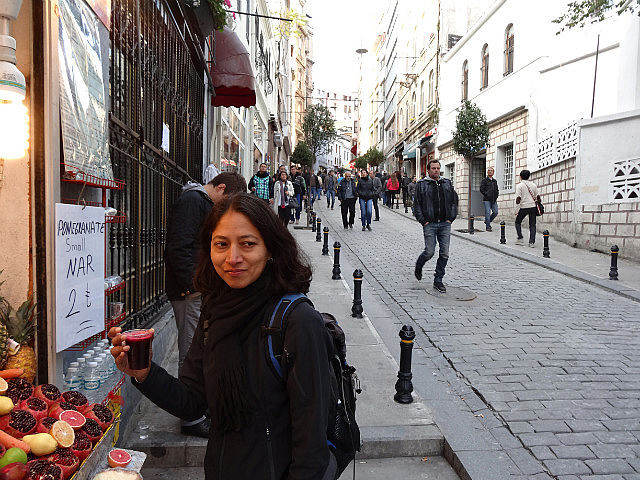

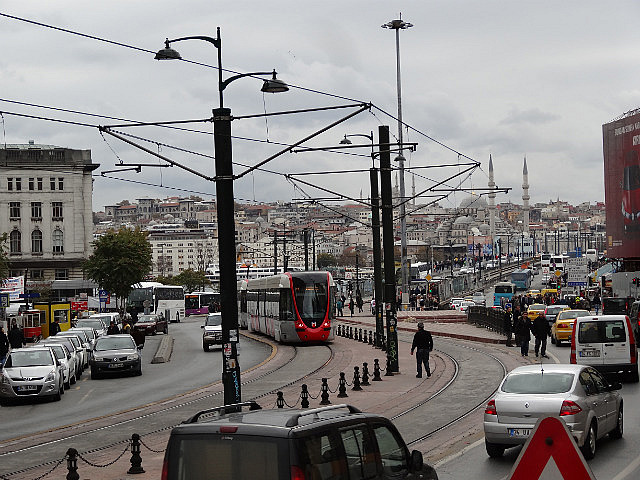
Comments